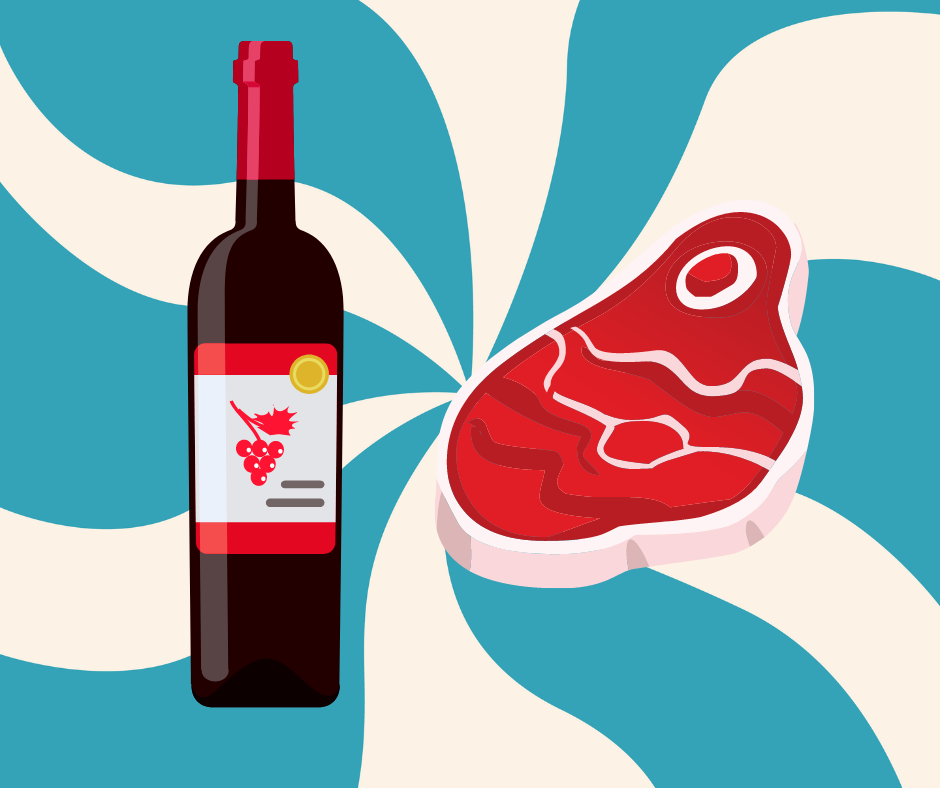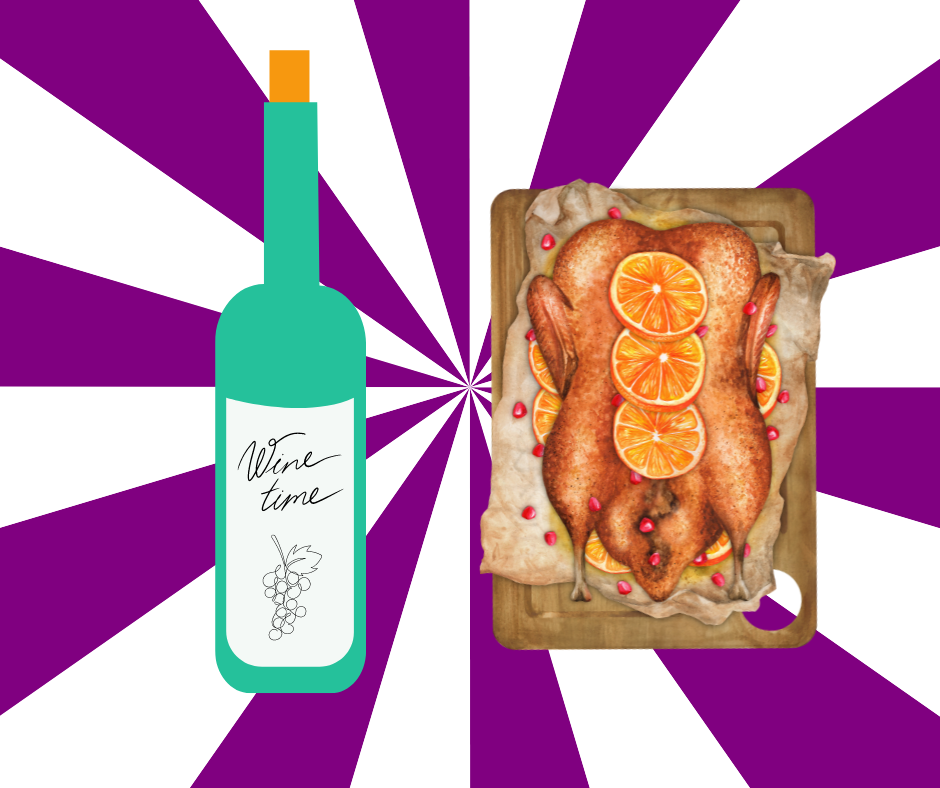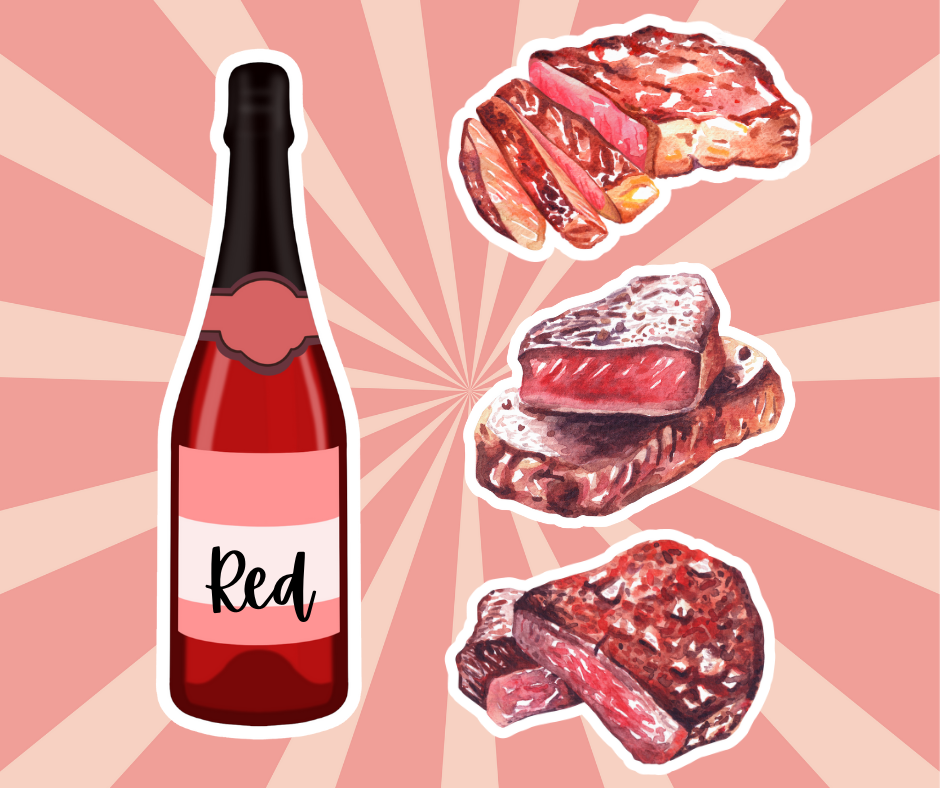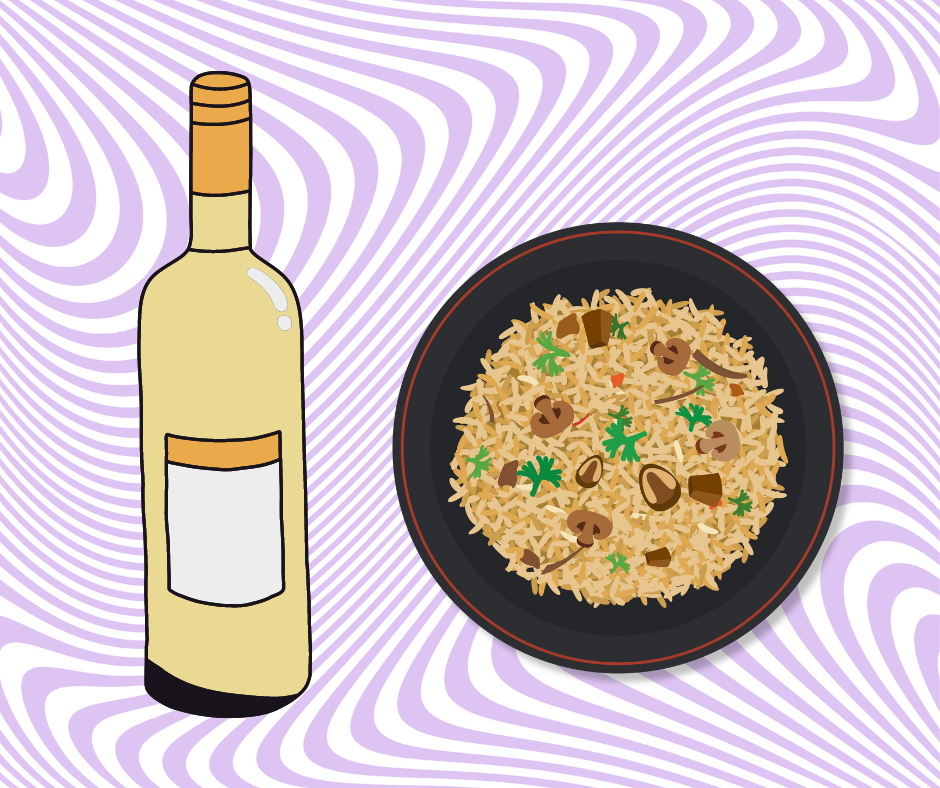
Prime rib is one of the most delicious and luxurious cuts of beef, and it deserves a wine pairing that can complement its richness and enhance its flavors. Whether you prefer a juicy rare or a well-done prime rib, there is a wine out there that can elevate your dining experience. In this article, we will explore four different wines, red and white, that you can pair with prime rib, and explain why they make good pairing options.
For this pairing I’m going to dive into a bone-in prime rib and then, of course, a boneless prime rib. Besides the obvious, here’s why they’re different and what it means when it comes to choosing the right wine.
Wines That Go With Your Prime Rib
Bone-In vs. Boneless Prime Rib
Who doesn’t love a prime rib dinner? Growing up I always felt like if we were ever having it for dinner or a special occasion I must have been part of royalty. Kids, right?
When it comes to prime rib and these pairings I’ve put together I’m going to focus on options specifically for either bone-in and boneless because, yes, there’s a difference.
The main difference between bone-in and boneless is in the way they are cut, prepared, and cooked. Bone-in prime rib, AKA standing rib roast, is a cut of beef that includes the rib bones attached to the meat. Boneless prime rib, on the other hand, is a cut of beef that has been trimmed of its bones and can be rolled and tied for even cooking.
The bone-in prime rib has some advantages over the boneless but, as always, it’s usually a matter of personal preference. Some advantages include:
- The bones basically act as a natural roasting rack, which helps the meat cook more evenly and retains its juices, resulting in a more flavorful and tender roast.
- The bones themselves add flavor to the meat as they cook.
- Let’s face it, the presentation of a bone-in prime rib is more impressive, making it common go-to for holidays and special occasions.
When it comes to wine pairing, bone-in prime rib generally pairs well with bolder and more complex wines that can stand up to the richness and flavor of the meat. For example, a bold and structured Cabernet Sauvignon with higher tannins, like a 2017 Chateau Montelena Cabernet Sauvignon from Napa Valley, can complement the meat’s natural flavors and cut through the fat. A bold and complex Malbec with a long finish, like a 2017 Catena Zapata Malbec from Mendoza, can complement the beef’s natural sweetness and add complexity to the pairing.
So, when it comes to boneless prime rib it generally pairs well with softer and more approachable wines that can enhance the meat’s flavors without overpowering them. For example, a softer and more elegant Pinot Noir with a smooth finish, like a 2019 Domaine Drouhin Oregon Pinot Noir from Willamette Valley, can complement the meat’s natural earthy and mushroom flavors. Similarly, a lighter and crisper Chardonnay with a refreshing finish, such as a 2019 Domaine Vincent Dauvissat Chablis from Burgundy, can complement the meat’s richness and add a touch of acidity to the pairing.
Wow I certainly when on a tangent. Well, either way hopefully you now understand a bit more about the differences and, if you made it this far, you’re ready to check out my personal pairings.
Cabernet Sauvignon
Cabernet Sauvignon is a total classic red that pairs really well with prime rib. The right Cab is full-bodied with high tannins and a rich, complex flavor profile.
The tannins in Cabernet Sauvignon help cut through the fat in the prime rib, making it taste even more succulent. I hate that word, by the way. The wine’s fruit-forward notes of blackcurrant and dark cherry also complement the beef’s savory and earthy flavors.
Some of the best regions for Cabernet Sauvignon include Napa Valley, California, and Bordeaux, France.
Bone-In Prime Rib: For bone-in prime rib, you can opt for a bolder Cabernet Sauvignon with higher tannins and more structure, like a 2017 Chateau Montelena Cabernet Sauvignon from Napa Valley.
Boneless Prime Rib: For boneless prime rib, you can go for a softer, more approachable Cabernet Sauvignon with lower tannins and a smoother finish, like a 2018 Chateau St. Jean Cabernet Sauvignon from Sonoma County.
Malbec
Malbec is a medium to full-bodied red wine that originates from Argentina. It has a deep, dark color and a robust flavor profile that complements the richness of prime rib.
Typically, Malbec has notes of blackberry, plum, and vanilla that pair well with the beef’s natural sweetness. The wine’s acidity and tannins also help cut through the meat’s fat and cleanse your palate. Some of the best regions for Malbec include Mendoza, Argentina, and Cahors, France.
Bone-In Prime Rib: For bone-in prime rib, you can choose a bold and complex Malbec with a long finish, like a 2017 Catena Zapata Malbec from Mendoza.
Boneless Prime Rib: For boneless prime rib, you can go for a softer and more approachable Malbec with a smooth finish, like a 2018 Bodega Colome Estate Malbec from Salta.
Chardonnay
Chardonnay is a white wine that may not be the first choice for prime rib, but I find it can surprise you with its pairing potential.
Chardonnay is a full-bodied wine with a creamy texture and a range of flavors, from citrus and apple to vanilla and caramel. The wine’s acidity and richness can complement the prime rib’s flavor without overwhelming it.
Some of the best regions for Chardonnay include Burgundy, France, and Sonoma County, California.
Bone-In Prime Rib: For bone-in prime rib, you can opt for a rich and buttery Chardonnay with a hint of oak, like a 2018 Kistler Vineyards Sonoma Mountain Chardonnay from Sonoma County.
Boneless Prime Rib: For boneless prime rib, you can choose a lighter and crisper Chardonnay with a refreshing finish, like a 2019 Domaine Vincent Dauvissat Chablis from Burgundy.
Pinot Noir
Pinot Noir is a versatile red wine that can pair well with a variety of dishes, including prime rib. It’s a medium-bodied wine with a delicate flavor profile that has notes of red fruit, like cherry and raspberry, and earthy undertones, like mushroom.
The wine’s acidity and tannins are usually pretty moderate, which can complement the prime rib’s natural flavors without overpowering them. Some of the best regions for Pinot Noir include Burgundy, France, and Willamette Valley, Oregon.
Bone-In Prime Rib: For bone-in prime rib, you can opt for a complex and structured Pinot Noir with a long finish, like a 2018 Domaine de la Vougeraie Les Evocelles Pinot Noir from Burgundy.
Boneless Prime Rib: For boneless prime rib, you can go for a lighter and more elegant Pinot Noir with a smooth finish, like a 2019 Domaine Drouhin Oregon Pinot Noir from Willamette Valley.
In Conclusion
Who’s hungry and thirsty now? Ok let’s call this a day.
To sum up there are four different wines, red and white, that I paired with my prime rib: Cabernet Sauvignon, Malbec, Chardonnay, and Pinot Noir.
Each wine has its unique flavor profile and characteristics that can complement the prime rib in different ways. So, when choosing a wine, consider the type of prime rib you are having, bone-in or boneless, and the wine’s region and style. With the right wine pairing, you can enhance your prime rib’s flavors and make your meal, dinner party, holiday, or overall special occasion even more memorable.





